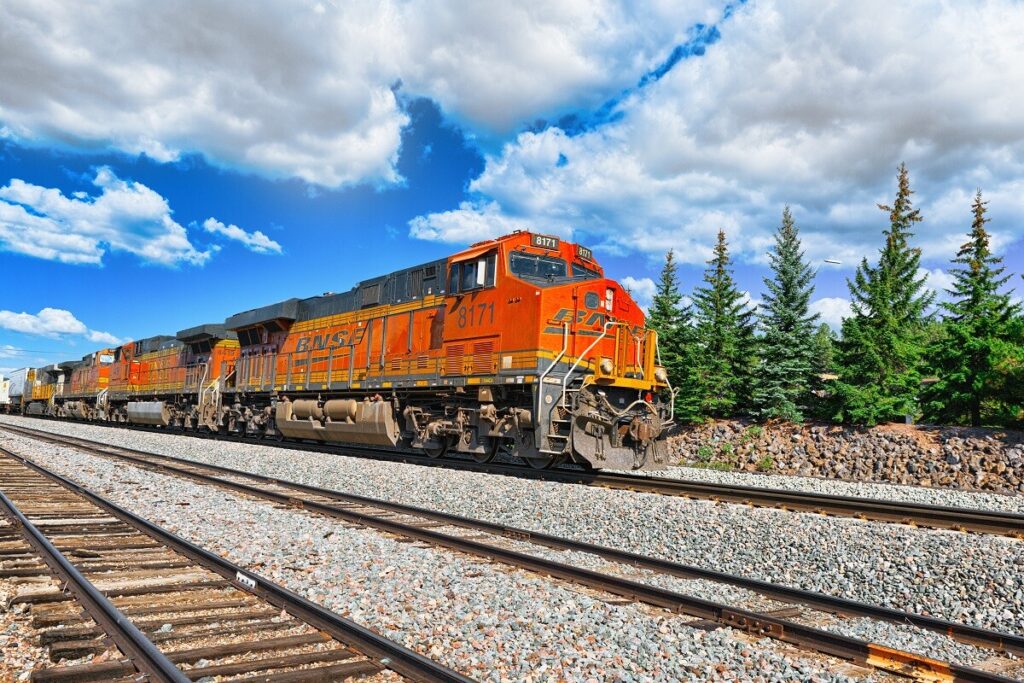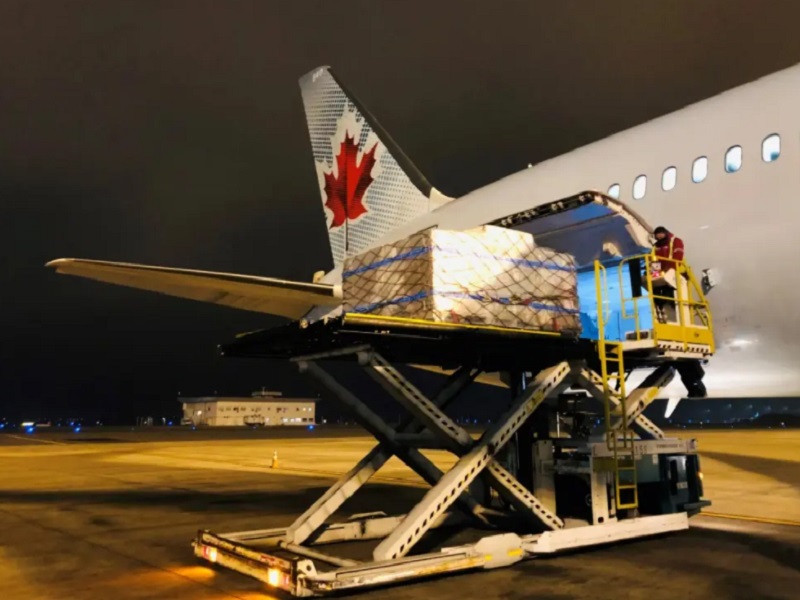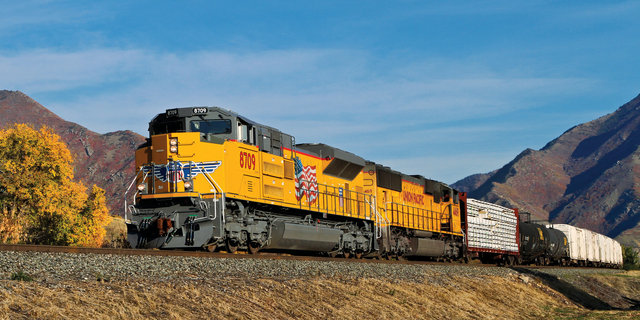- By Della tj
- October 17, 2025
- Rail Freight, Shipping
Businesses seeking balanced shipping solutions increasingly choose reliable rail freight from China to Belgium for its stability, shorter transit, and consistent costs. As global trade expands, this service bridges Asia and Europe efficiently, helping importers secure on-time deliveries without overspending.

1. Why Is Reliable Rail Freight from China to Belgium in High Demand?
Without a doubt, rail freight has become the preferred mode for manufacturers and importers who need reliability and affordability. It combines the speed of air transport with the cost efficiency of sea shipping—an ideal logistics solution for medium-value goods.
Moreover, Belgium’s prime location allows rail shipments to extend easily to France, Germany, and the Netherlands. The predictable schedule, combined with advanced tracking systems, ensures every container arrives safely and punctually.
| Transport Mode | Transit Time (Days) | Average Cost (40ft) | CO₂ Emission Level | Reliability |
|---|---|---|---|---|
| Air Freight | 5–7 | $8,000–$10,000 | Very High | Excellent |
| Rail Freight | 14–18 | $3,000–$4,000 | Low | Very High |
| Sea Freight | 30–40 | $1,800–$2,200 | Medium | Moderate |
2. How Does the China–Belgium Rail Freight Network Operate?
Essentially, rail freight from China to Belgium is part of the Belt and Road Initiative, linking over 20 major Chinese cities—such as Xi’an, Chongqing, and Zhengzhou—with Belgian hubs like Liège and Antwerp.
Trains typically travel through Kazakhstan, Russia, Belarus, and Poland before entering Belgium. This intercontinental connection avoids maritime congestion and reduces overall delivery time. Additionally, integrated digital systems enable real-time updates and transparent logistics tracking.
3. What Goods Are Best Suited for Rail Transport?
Generally, rail freight suits medium- to high-value goods that require fast yet cost-effective transportation. Common products include electronics, auto parts, textiles, and machinery.
Furthermore, rail containers now accommodate refrigerated cargo, allowing safe transport for food, pharmaceuticals, and temperature-sensitive products.
| Product Type | Recommended Shipping Mode | Transit Time (Days) | Notes |
|---|---|---|---|
| Electronics | Rail Freight | 15–16 | Anti-static packaging |
| Auto Components | Rail Freight | 16–18 | Palletized goods |
| Apparel & Textiles | Rail Freight | 17 | Folded, boxed |
| Furniture | Sea Freight | 35 | Bulky goods |
| Food & Pharma | Rail (Reefer) | 14 | Temperature control |
Ready to streamline your shipping? Contact us today for a fast, Partner with TopChinaFreight to receive a tailored logistics solution that matches your shipping needs.
4. What Documents Are Needed for China–Belgium Rail Freight?
Accurate documentation ensures seamless customs clearance and prevents costly delays. The following checklist covers the most essential paperwork:
| Document Name | Purpose |
|---|---|
| Commercial Invoice | Declares cargo value |
| Packing List | Details cargo weight and size |
| Rail Waybill | Contract of carriage |
| Certificate of Origin | Determines tariff eligibility |
| Insurance Certificate | Covers loss or damage |
| Customs Declaration | Mandatory for import/export |
Additionally, forwarders can pre-arrange customs documentation, significantly reducing inspection time at borders.
5. Real Case Studies: Reliable Rail Freight from China to Belgium
Case 1 – Electronics from Chongqing to Liège
- Cargo: 12 tons of computer components
- Mode: Full Container Load (FCL)
- Cost: USD 3,500
- Transit Time: 15 days
- Result: On-time delivery; 50% cheaper than air freight
Case 2 – Auto Parts from Xi’an to Antwerp
- Cargo: 18 tons of engine assemblies
- Mode: Rail + Truck (Door-to-door)
- Cost: USD 3,800
- Transit Time: 17 days
- Result: Reduced inventory costs by 30%
6. How Does Rail Freight Compare with Air and Sea Shipping?
On the other hand, choosing the right transport mode depends on cost, urgency, and cargo type. Below is a quick comparison table:
| Aspect | Air Freight | Rail Freight | Sea Freight |
|---|---|---|---|
| Speed | Fastest | Moderate-fast | Slow |
| Cost | Highest | Medium | Lowest |
| Cargo Safety | High | Very High | Medium |
| Environmental Impact | High | Low | Medium |
| Best for | Urgent, fragile goods | Regular shipments | Heavy bulk items |
Accordingly, rail freight stands out as a dependable and sustainable solution for cross-continental shipping.
7. How Are Costs Calculated and Can They Be Reduced?
Indeed, rail freight pricing depends on several variables—distance, cargo weight, route selection, and additional services.
To reduce overall costs, businesses can:
- Consolidate small shipments (LCL)
- Book during off-peak seasons
- Use optimized container loading
- Partner with experienced freight forwarders
| Cost Factor | Description | Optimization Tip |
|---|---|---|
| Base Freight Rate | Line-haul charge | Ship off-peak |
| Terminal Handling | Loading/unloading | Use inland hubs |
| Customs Duties | Import tariffs | Verify HS codes |
| Insurance | Optional protection | Compare policy rates |
Additionally, digital freight platforms now offer instant quotes, helping shippers plan ahead and minimize unexpected charges.

8. Why Choose Reliable Rail Freight from China to Belgium?
Ultimately, reliable rail freight from China to Belgium delivers consistency, sustainability, and transparency. Unlike unpredictable ocean delays or costly air rates, rail offers dependable schedules with moderate pricing.
Businesses benefit from:
- 14–18 day delivery windows
- Lower carbon emissions
- Stable pricing structures
- Door-to-door services across Europe
Moreover, Belgium’s central location enables rapid distribution to major European markets—boosting supply chain flexibility and efficiency.
Conclusion
In summary, reliable rail freight from China to Belgium is an optimal solution for businesses seeking stable, affordable, and eco-friendly logistics. It merges speed, safety, and efficiency—perfect for companies balancing cost with performance. Partnering with a trusted rail freight provider ensures seamless customs handling, dependable schedules, and steady supply chain growth.
Request a Quote
Need a tailored solution for your shipping from China?
Let TJ China Freight Forwarder assist you with reliable, cost-effective service.
FAQ:
Q1.How long does reliable rail freight from China to Belgium usually take?
Transit averages 14–18 days depending on departure city, customs clearance, and final destination within Belgium.
Q2.What types of goods are most suitable for rail freight shipping?
Electronics, textiles, auto parts, and machinery benefit most from balanced cost and delivery time via rail transport.
Q3.Can I book both FCL and LCL shipments for China–Belgium rail freight?
Yes, both options are available depending on cargo volume and shipment frequency. LCL reduces costs for smaller loads.
Q4.Are there temperature-controlled containers for rail freight shipments?
Absolutely, reefer containers ensure reliable cold-chain delivery for food, pharmaceuticals, and medical products.
Q5.How can I track my rail freight shipment from China to Belgium?
Most forwarders provide GPS tracking systems and automated updates for complete visibility throughout the journey.



